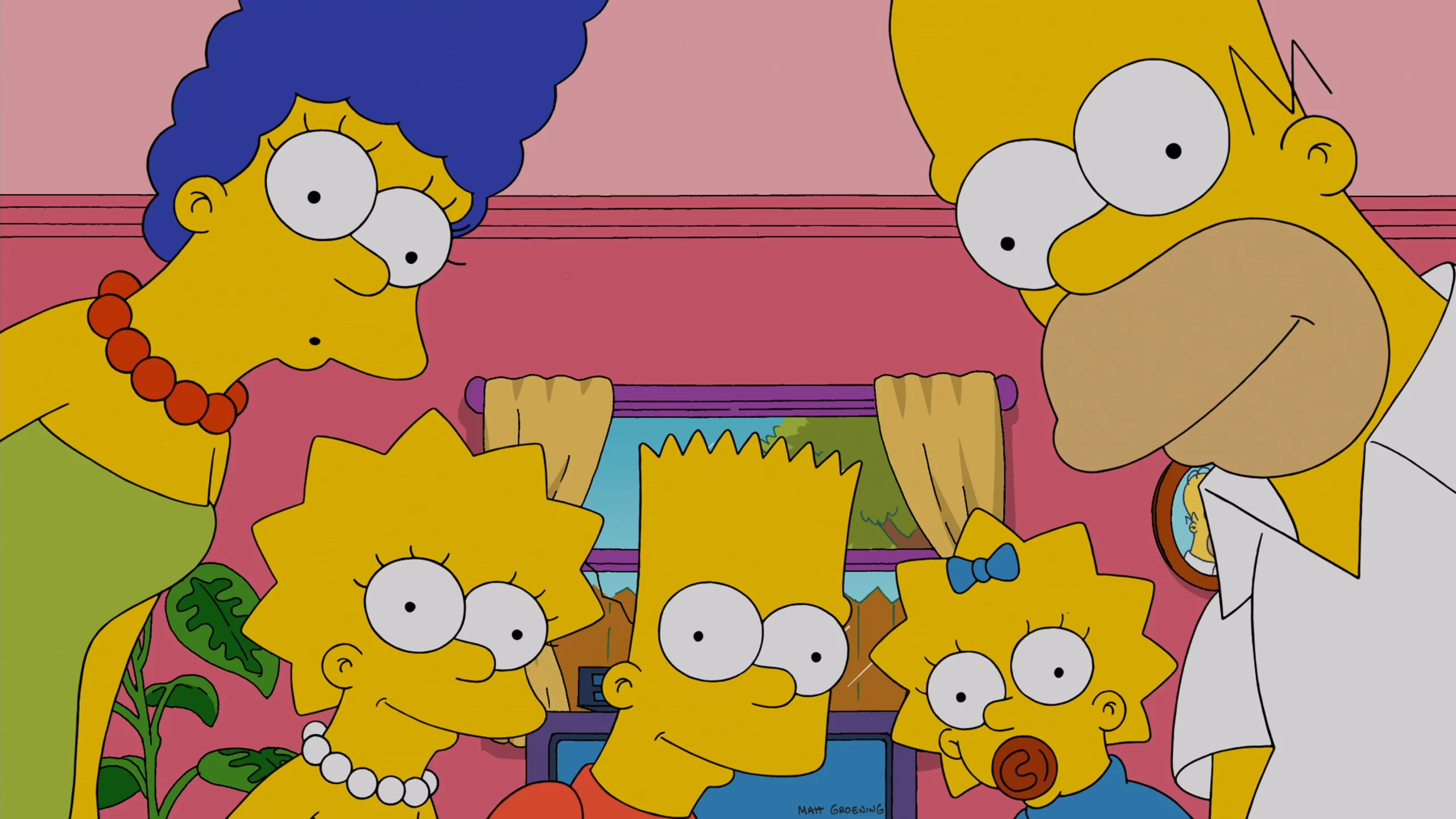Table of Contents Show
The long-running television series, The Simpsons (Groening, Matt; 1989-present), has been on the air for more than three decades and has an impressive thirty-four seasons and counting. In numerous ways, The Simpsons revolutionized both television and the animation genre.
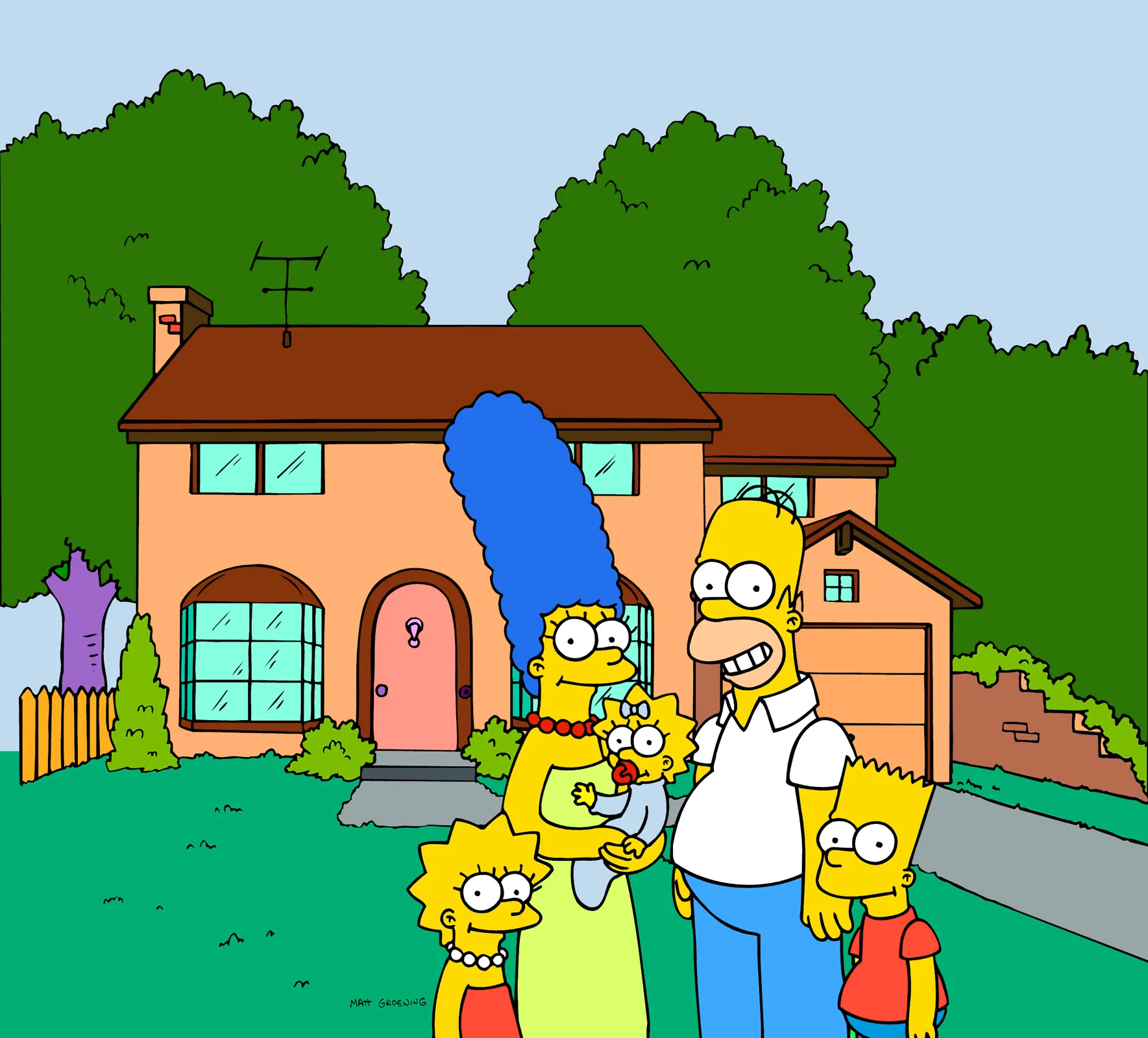
But what was once a thriving and beloved TV show for people of all ages has become another unfunny sitcom hanging by a thread. As a show that has received more than a hundred Emmy nominations, it is difficult to comprehend how such a highly regarded show could have fallen so far.
The Origin Of The Simpsons (1989-)
The Simpsons, the animated sitcom created by cartoonist Matt Groening for the Fox Broadcasting Company, is the longest-running animated TV show in America, as well as the longest-running scripted prime-time TV show in the U.S. (( “The Simpsons.” Encyclopædia Britannica. Accessed 24 Aug. 2023. )) The show was originally broadcast on the Tracey Ullman Show in April 1987 as a cartoon short, but after three seasons the sketch was developed into a half-hour prime-time series on Fox. Since its debut in December of 1989, the sitcom has made more than a billion dollars in merchandise and media sales. (( “The Simpsons (Franchise).” Wikipedia, Wikimedia Foundation, 9 Aug. 2023. Accessed 28 August 2023. ))
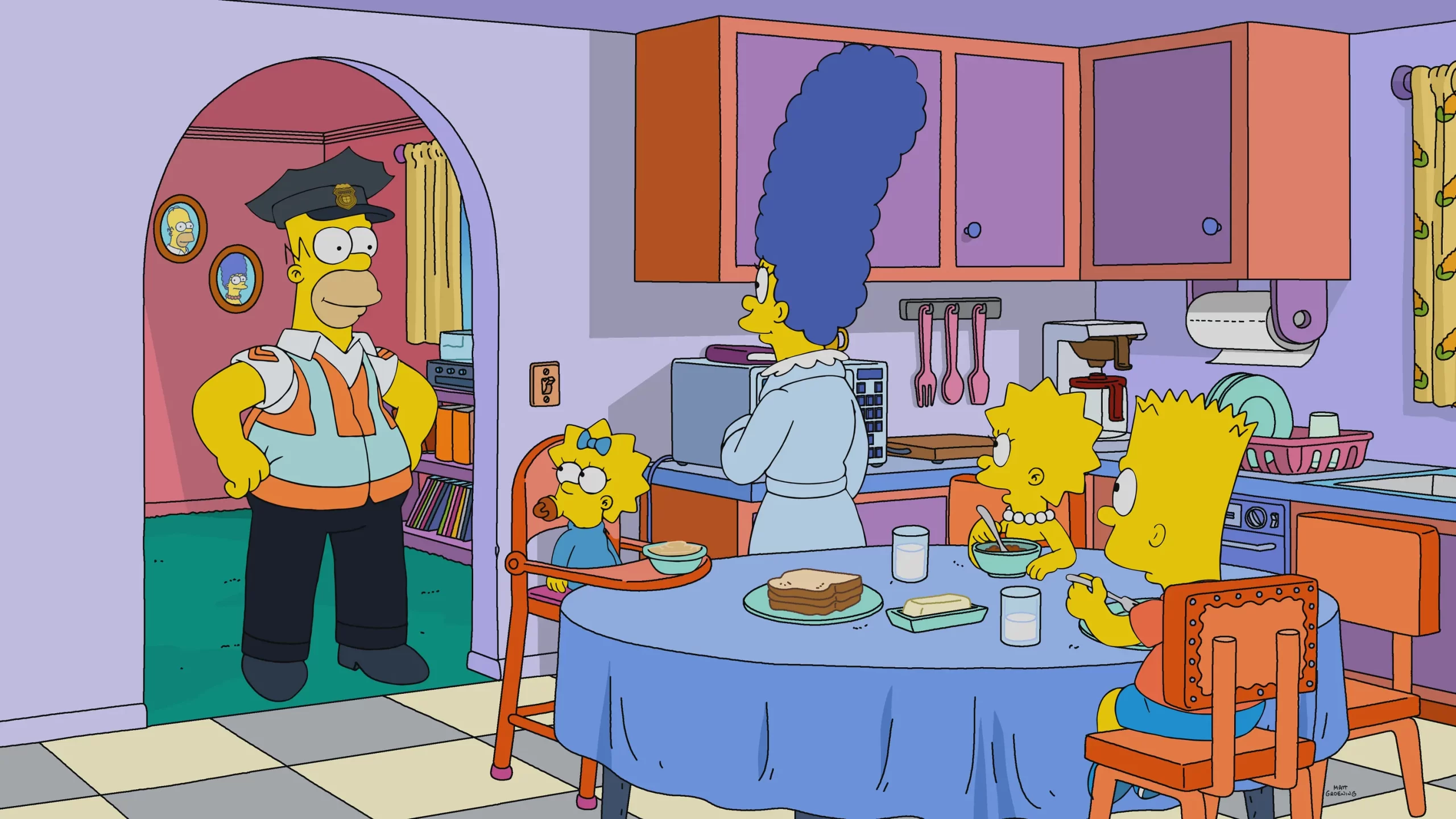
The series is a satirical parody of American life depicted through the Simpson family, which consists of: Homer, the father who works at the Springfield nuclear power plant; Marge, who is the stereotypical American housewife; Lisa, the middle child and the high achiever of the family; Bart, the the eldest child and the troublemaker and a prankster of the family; Maggie, the baby of the family. The show is set in the fictional town of Springfield, where it caricatures society and Western culture.
The Golden Age Of The Simpsons (1989-)
There is a stirring debate on when The Simpsons’ golden era/age started, but most will say either between season one or two. (( Gamble, Liv. “The Very Best of the Simpsons’ Golden Age. Medium, 14 Dec. 2022. Accessed 28 August 2023. )) “Golden age” is described as the best era of the show when it was at its absolute peak in terms of quality, writing, and entertainment value. (( Roark, Nathaniel. “Which Seasons Were the Simpsons’ Golden Age (& When It Ended).” ScreenRant, 15 Dec. 2022. Accessed 28 August 2023. )) This was during a period in which the show produced some of its most iconic episodes like “Cape Feare” (S04E02), “Mr. Plow” (S04E09), and “Homer’s Enemy” (S08E23).

Reviews of the episodes from the golden age praised the show for its “wit, realism, and intelligence.” (( “Which Seasons Were the Simpsons’ Golden Age (& When It Ended).” ScreenRant, 15 Dec. 2022. )) This golden age is what made the show become such a success and a $750 million franchise. (( Bizofan. “Matt Groening’s Net Worth, Legacy, and Impact in Animation.” Business of Animation, Business of Animation, 20 May 2022. ))
How The Simpsons (1989-) Differed
One of the many reasons why The Simpsons was such a big hit was because it stood out. Looking back there were popular animated shows like The Flintstones (1960-1966), The Jetsons (1962-1963), and Wait Till Your Father Gets Home (1972-1974), but there was never an animated series that showed such family dysfunction like The Simpsons did. The Simpson family being so flawed made the show more realistic and relatable to viewers.
During President George H.W. Bush’s reelection campaign, he pledged to help American families be “a lot more like the Waltons and a lot less like the Simpsons.” (( Petski, Denise. “‘The Simpsons’ Showrunner Gets Back at George H.W. Bush.” Deadline, 27 Oct. 2017, )) The show responded to this comment in a scene where the Simpson family was watching that portion of President Bush’s speech and Bart said:
“Hey, we’re like the Waltons. We’re praying for an end to the depression, too.”
That response at the time is nothing you would have seen in an ordinary animated TV show like The Flintstones or a regular television show like Full House (1987-1995), but The Simpsons is no ordinary show.
People had also never seen a show with such ruthless and daring writing in either a sitcom or animated series. The show offered us the daily lives of a typical middle-class family in a small generic town and had the same setup as any other sitcom, but what made it so different from the typical sitcom was how edgy, socially relevant, and satirical it was.

The show had a brilliant writing team that included such people as John Swartz, Bill Oakley, and the well-known comedian and entertainer, Conan O’Brien. With The Simpsons having such a unique and rare writing style compared to the traditional family sitcoms, the show got to explore sensitive topics such as religion, gambling, and alcoholism.
How The Simpsons (1989-) Revolutionized Television
In the past, animation was looked at as something that was only meant for children and nothing more, but The Simpsons changed that. The closest thing to the show before its inception was The Flintstones. Even though “The Flintstones” was meant for a general audience, adults could relate to the show more than children, and the show would often have subtle jokes and references that only the adults could understand.
The Simpsons on the other hand was intended for an adult audience. The show had mature themes, humor, and “grown-up situations,” but most of the time those things would fly straight over the younger audience’s heads, making it still appropriate for children to watch, even though it’s considered an adult-animated sitcom. “It’s slapstick satire,” said Matt Roush, a critic for TV Guide. “The slapstick works for the kids. The satire works for the adults.” (( ABC News, ABC News Network. Accessed 27 Aug. 2023. ))
The Simpsons stepped out of the box to create something inventive and original and revolutionized the animated sitcom genre for the better. The Simpsons paved the way and influenced future animated shows like Family Guy (1999-present), King Of The Hill (1997-2010), Futurama (1999-2003), and more.
“The success of The Simpsons really opened doors. It showed that if you were working in animation you didn’t necessarily have to be working in kids’ television.”
Seth Mcfarlane (( Johnson, Reilly. “How the Simpsons Redefined Animation (Video).” FandomWire, 16 Feb. 2023, ))
The End Of The Golden Era
Similar to the debate surrounding when the golden era began, there is also uncertainty about when it ended. It is said to be when viewers noticed the show’s decline in quality. Some critics say the golden era ended at season seven, while others name seasons nine and ten (( “Historiography of the Simpsons.” Wikipedia, Foundation, 24 July 2023. Accessed 28 August 2023. )) Some critics even argue the show became “tired” around the tenth season. (( “Historiography of the Simpsons.” Wikipedia, Wikimedia Foundation, 24 Aug. 2023. Accessed 28 August 2023. ))
Most specifically, there are some who believe that the golden era of The Simpsons ended with season 9, episode 2 “The Principle and the Pauper.” In this episode, it is discovered that Principal Skinner (who is revealed to be Armin Tamzarian) is an imposter of the real Seymour Skinner. This episode upset so many fans because the character had undergone so much character development since the first episode and it seemed like the writers just threw that all away.
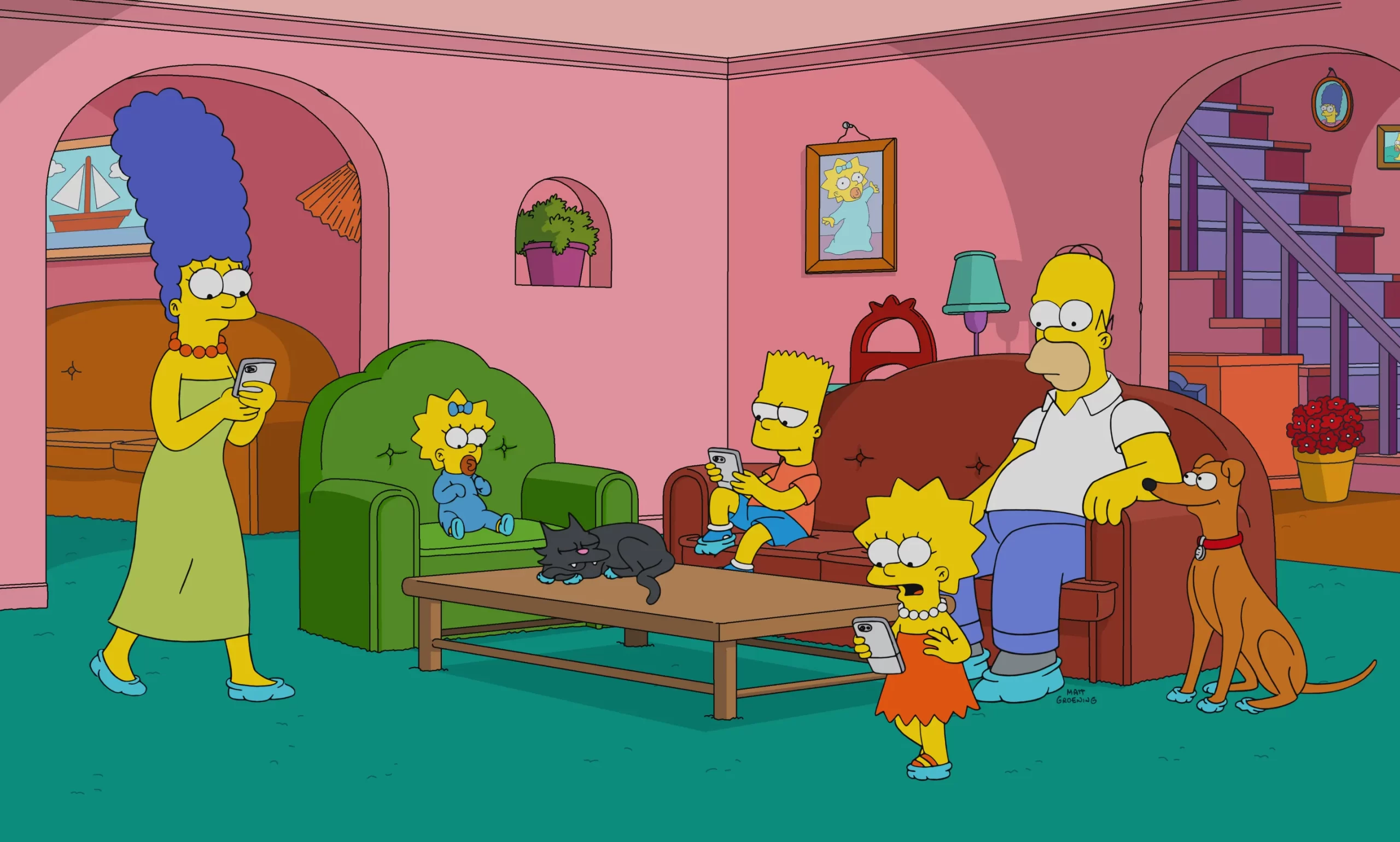
After reading the script, the voice of Principle Skinner, Harry Shearer told the writers “That’s so wrong. You’re taking something that an audience has built eight years or nine years of investment in and just tossed it in the trash can for no good reason, for a story we’ve done before with other characters. It’s so arbitrary and gratuitous, and it’s disrespectful to the audience. (( “Shearer Delight: East Bay Express: Oakland, Berkeley & Alameda.” East Bay Express Oakland, Berkeley & Alameda, 27 Apr. 2001, Accessed 4 Sept. 2023. ))
Even writers Bill Oakley and Josh Weinstein expressed their dislike for the episode in the season 9 DVD commentary. Most notably, the episode was criticized by the show’s creator Matt Groening. (( “Homer and Me.” Homer and Me : Rolling Stone. Accessed 4 Sept. 2023. ))
The Simpsons‘ (1989-) Writing Changes
There are several factors that contributed to The Simpsons’s downfall, one of those factors is questionable writing choices. Episodes from the golden age had original and creative plots, whereas new episodes have lazy & ridiculous written plots. In the episode titled “Lisa Goes Gaga” Lady Gaga shows up at Springfield because Lisa is so depressed that the singer gets a psychic feeling that the young girl needs help. This episode is primarily centered around Lady Gaga and just feels like an ad to promote the singer.
In contrast, the episode “Bart Gets An F,” in season two, follows Bart who is a slacker in school, but when he has to take a history test that will determine whether or not he gets to move up a grade he studies intensively. However, when he flunks the test he breaks down crying. This episode is one of the most emotional and memorable episodes of the show.
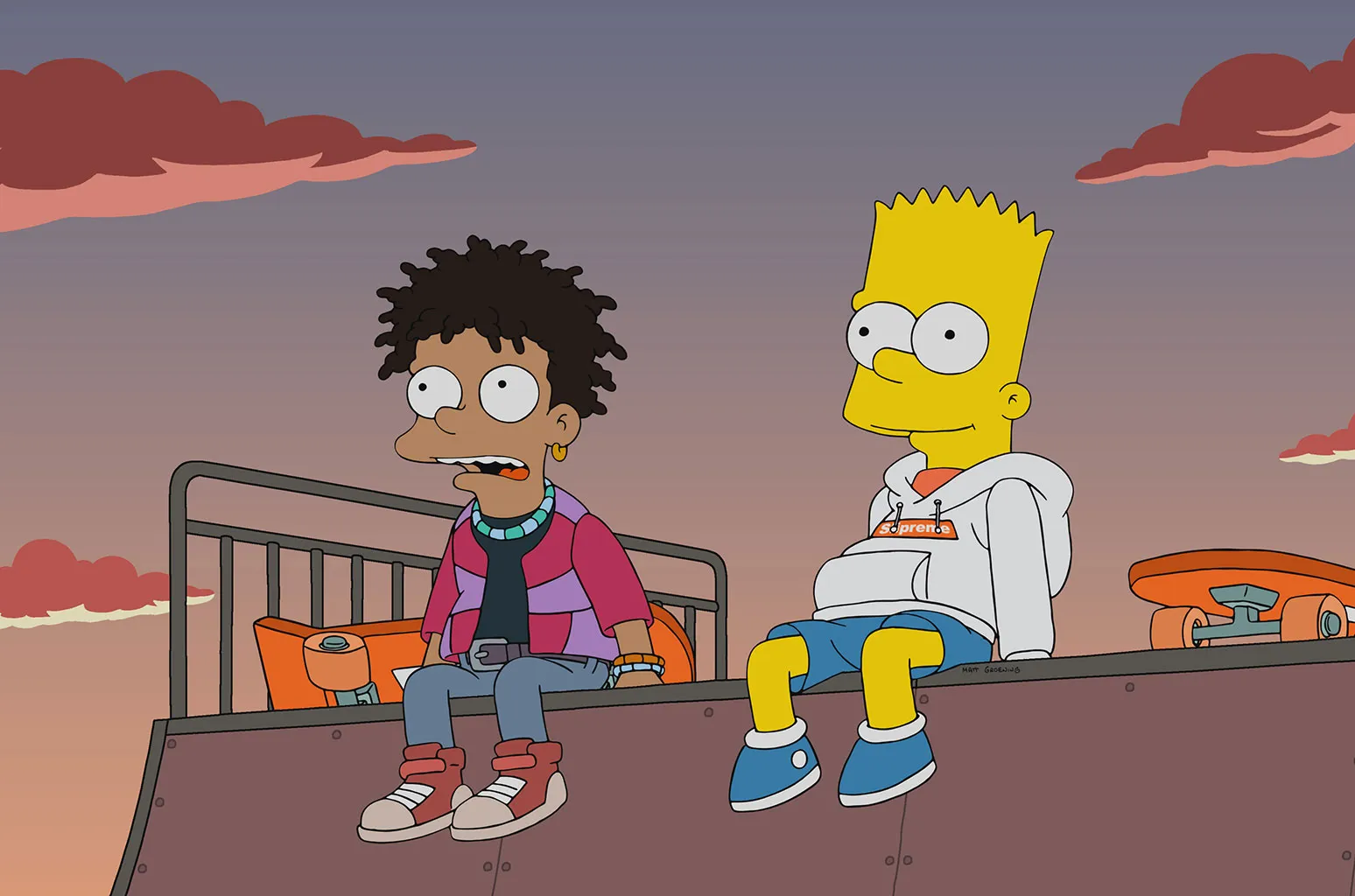
One of the best things about the show was how they were able to balance both comedy and drama aspects in certain episodes, and how they dealt with real situations people of all ages could sympathize with. Episodes like “Lisa’s Substitute” (S02E19) or “And Maggie Makes Three” (S06E13) are great examples of when the show did that best, but those types of episodes have decreased in recent years.
The Simpsons became, well, a cartoon. […] Episodes that once would have ended with Homer and Marge bicycling into the sunset now end with Homer blowing a tranquilizer dart into Marge’s neck. The show’s still funny, but it hasn’t been touching in years.”
(( Suellentrop, Chris. “Who Turned The Simpsons Into A Cartoon?” Slate Magazine, Slate, 13 Feb. 2003,))
Even when the older episodes did not have any deep meaning, they were still inventive and entertaining, you could tell the writers truly put effort into them. And maybe it is just the fact that the series is not fresh anymore. A show that has been on for three decades is bound to run out of new and engaging storylines.

Maxtone-Graham admitted in his 1998 interview: “I think we should pack it in soon and I think we will — we’re running out of ideas,” Meyer said to MSNBC.com, “We’re starting to see some glimmers of the end — it is certainly getting harder to come up with stories, no question.” (( Suellentrop, Chris. “Who Turned the Simpsons into a Cartoon?” Slate Magazine, Slate, 13 Feb. 2003. Accessed 28 August, 2023. ))
Along with poorly written storylines, viewers also noticed some characters have gone through questionable characterization over the years. Take Homer Simpson for example. In the beginning, Homer was often lazy, selfish, and not the brightest, but he was still a family-devoted and loveable man. Now he is an obnoxious imbecile who only cares about himself. Homer’s primary purpose for episodes now is just to provide cheap laughs and to do crazy shenanigans.
The Continuity Of The Simpsons (1989-)
Another issue with the newer Simpsons episodes is how obsessed they are with staying relevant and up-to-date with all the latest trends. The older Simpsons episodes did make pop culture references, but that is not what the entire show was about.
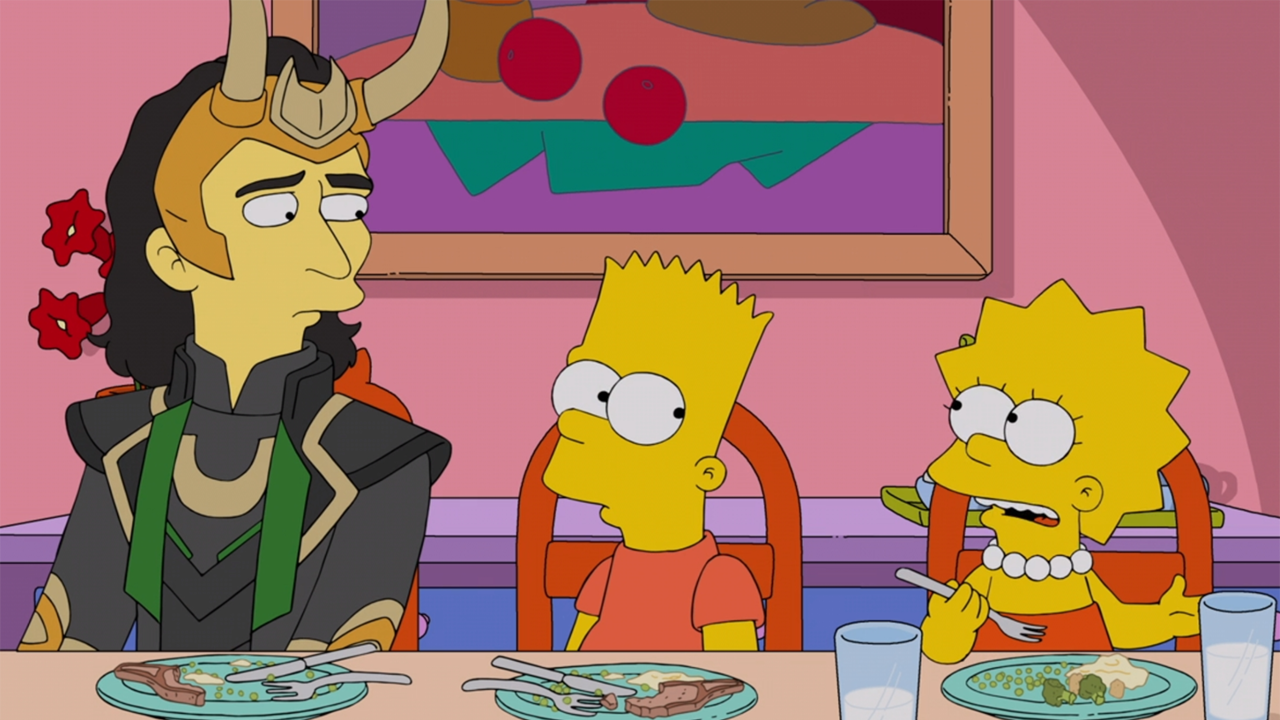
The pop culture references did not drive the show but enhanced it and made it better. Now the show depends on pop culture references and celebrity guest stars in order for it to stay relevant. The show has become a pop culture reference machine in the past few years.
The Guest Stars
The biggest point with the newer Simpsons episodes is how infatuated they are with celebrities; almost every episode has a celebrity guest star. They have had celebrity guest stars in the past, but it was subtle and fun cameos for viewers to be surprised by, and sometimes the celebrities would not play themselves but a parody of themselves or an entirely made-up fictionalized character.

In the episode titled “Radio Bart,” singer Sting guest stars as himself and plays a character that comes to Springfield to record a charity single after a boy named Timmy O’Toole falls into a well, which turns out to be a prank by Bart Simpson. Another example is in the episode titled “Bart’s Girlfriend” where Meryl Streep plays a ten-year-old girl who becomes Bart’s girlfriend.

These episodes were not centered around the guest stars. Sting was just a fun cameo, and Meryl Streep played a significant role in the story. But now, the show pushes away already established and beloved characters to the side in order to create entire episodes focused around celebrity guests.
The Simpsons (1989-): Is It Time To Say Goodbye?
Over the past few years, The Simpsons ratings have been declining and more and more viewers have stopped tuning in for new episodes. (( Stoll, Julia. “The Simpsons: Audience in the U.S. 2022.” Statista, 2 June 2022. )) But no matter how flawed The Simpsons get, they will always remain one of the most iconic and successful television shows to ever exist, having left a legacy everyone can appreciate.
